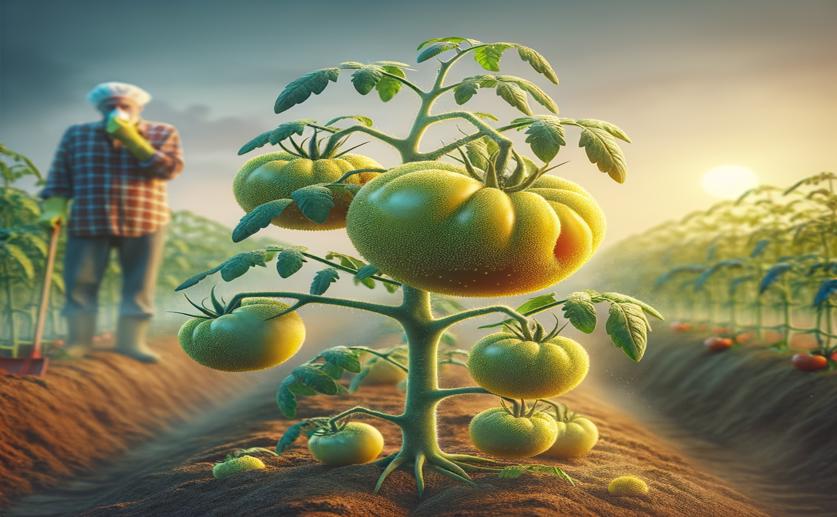
Toxic Metals in Farmland: Impact on Tomato Growth and Human Health
Jenn Hoskins
29th August, 2024

Image Source: Natural Science News, 2024
Key Findings
- The study by Woldia University in Northeast Ethiopia examined heavy metal contamination in soil, irrigation water, and tomatoes
- Levels of Zn, Ni, Cd, and Cr in soil, all metals in tomatoes, and Cu, Ni, Cd, and Pb in irrigation water exceeded WHO safety limits
- While individual exposure to soil, tomatoes, or water posed no significant health risks, combined exposure to all three sources did increase health risks, including cancer
References
Main Study
1) Potentially toxic metals in Northeast Ethiopian agricultural soils: implications for Solanum lycopersicum (Tomato) production and human health.
Published 28th August, 2024
https://doi.org/10.1007/s10653-024-02183-0
Related Studies
2) Spatio-temporal variability and potential health risks assessment of heavy metals in the surface water of Awash basin, Ethiopia.
3) Evolution of human health risk based on EPA modeling for adults and children and pollution level of potentially toxic metals in Rafsanjan road dust: a case study in a semi-arid region, Iran.
4) Elucidating of potentially toxic elements contamination in topsoils around a copper smelter: Spatial distribution, partitioning and risk estimation.
5) Amassing of heavy metals in soils, vegetables and crop plants irrigated with wastewater: Health risk assessment of heavy metals in Dera Ghazi Khan, Punjab, Pakistan.



 21st February, 2024 | Jim Crocker
21st February, 2024 | Jim Crocker